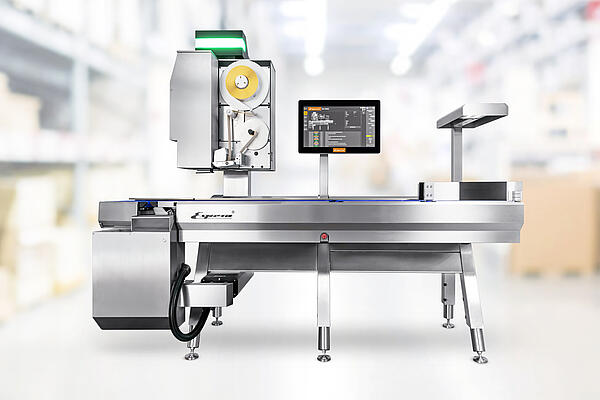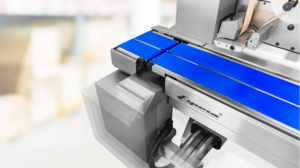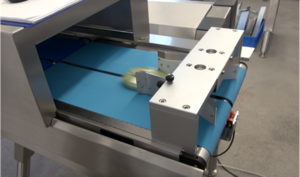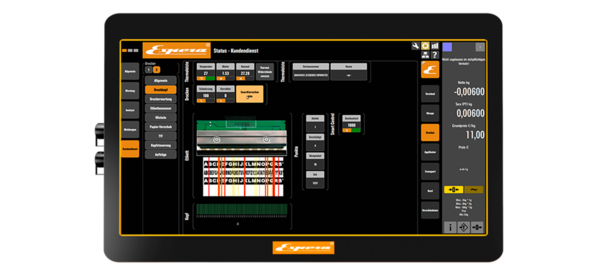

The increasing variety of cheese and dairy products demands a rethink in production. Especially in the end-of-line area, where products are packaged, weighed and labeled, a multitude of product information and packaging variants come together. Automated and digital machine functions can help here to make the production process efficient despite individualization.

With increasing product individualization, in some cases up to batch size 1, very close attention must be paid to printing the right information for the product on the label. With a large variety of products, confusion can quickly arise. This includes, for example, individual weight/price information, but also details such as nutritional values, allergens and best-before dates. On the one hand, incorrect labeling of products can lead to cost-intensive recalls; on the other hand, it can also harm the end consumer if, for example, allergens are declared incorrectly or insufficiently on the label. When a product is changed, the appropriate product information is automatically selected from a database and digitally assigned to the labeling process via an online connection to labeling systems. This ensures that the information matching the product is always applied to the label in real time.

The online assignment of product information to the corresponding labeling systems simplifies data handling and guarantees that the right information for the product is always printed on the label. In addition, automated machine functions offer additional optimization options to make the end-of-line process efficient. For example, fully automatic setting of the labeling position via the machine's printers and automatic pack centering for maximum labeling accuracy. Here, the pack shape rate or product formats are stored in the machine database to match each product. If there is a product changeover, both the printers and the pack centering station adapt to the product completely automatically. Without automation, these adjustments are made by the machine operator. Automated machine setting is particularly advantageous for small batches and for a large variation in product geometries, as manual adjustment by the production team is time-consuming and incorrect settings can often result in poorly labeled products.

Small cheese triangles in a wide variety of spices are currently an absolute trend in the self-service cheese counters of supermarkets and discounters. The cheeseis cut into small portions as triangles and usually vacuum-packed. Due to the triangular shape and the different sizes, however, it is a challenge for automated labeling processes to apply the label to the product in a way that is visually appealing and perfectly legible for the consumer. For this purpose, ESPERA offers for the first time a unique "Flex-Guide" product guidance system which, in addition to the automatic setting options of the printers, makes product guidance more flexible than ever. This means that cheese products up to batch size 1 can be perfectly fed and precisely labeled without interruption.
The biggest source of errors for worse readable labels and unplanned production downtimes in fully automatic product labeling is the thermal head, which is responsible for printing the product information on a label. The thermal head is a wear part that sooner or later reaches the end of its service life. At this point, the print quality starts to deteriorate, resulting in poorly legible label prints. The end of a thermal head lifetime is reached spontaneously in labeling systems. With conventional labeling systems, the production team does not receive any notification of this in the event of wear. In the worst case, the entire batch produced, or even the entire day's production, is labeled in a worse readable manner and cannot be given to the retail shops.
ESPERA's digital machine generation NOVA monitors the life of the thermal head in real time using a special sensor system and provides the production team with early feedback on thermal barrier wear. This digital control function ensures that the thermal head is monitored in real time, preventing poorly legible labels or unplanned downtime in the first place. The remaining service life of a thermal strip is displayed to the hour. As are upcoming maintenance intervals. Of course, this monitoring function is also possible for other machine components in the course of digitization.

Service: +49 203 30540 | info@espera.com